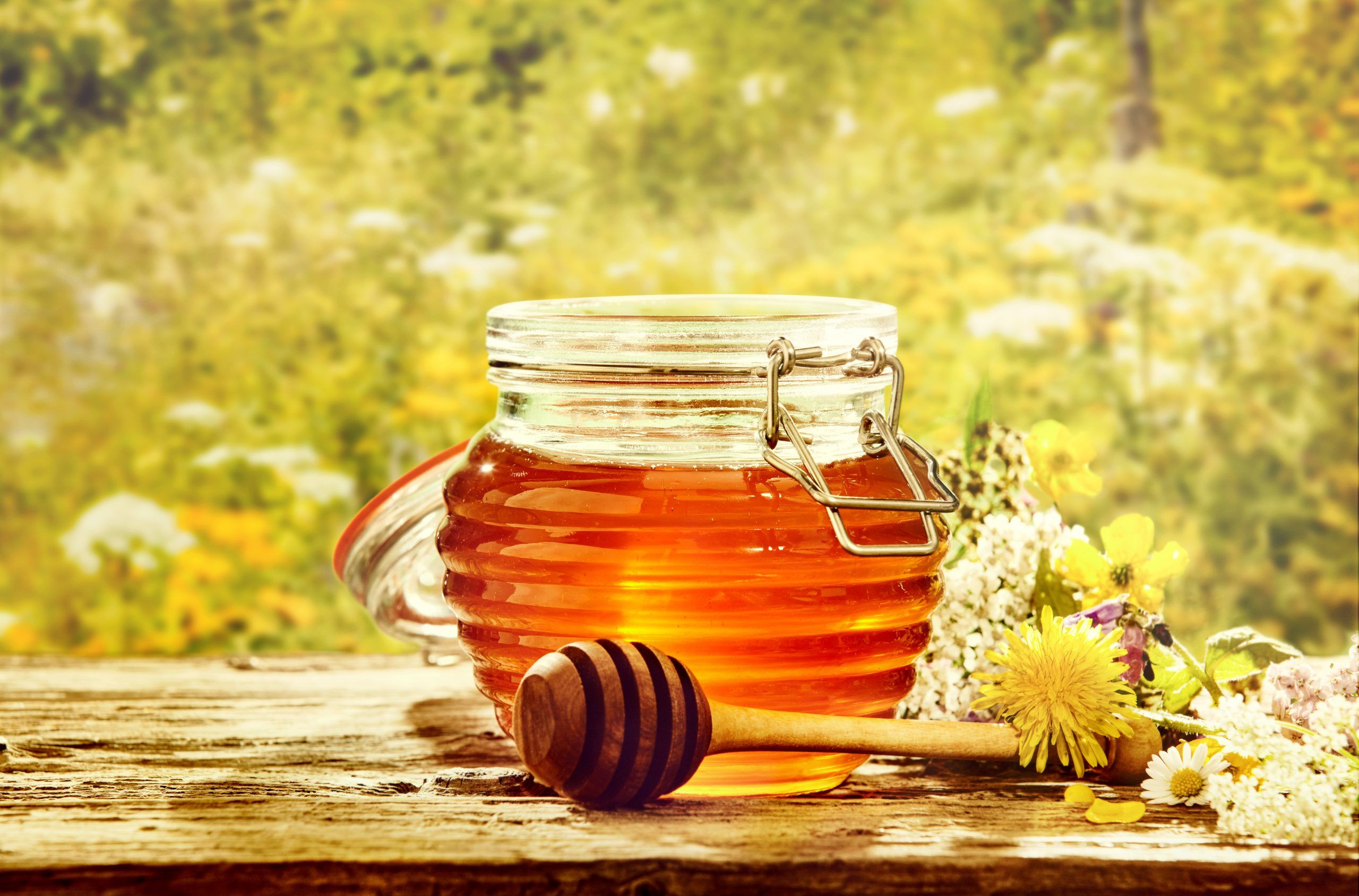Chemistry Of Mad Honey: Unpacking The Compounds And Effects Of Rhododendron Honey On Human Health
Mad honey, a peculiar variety of honey derived from rhododendron flowers, has been known for centuries for its unique effects on human health. Indigenous to the mountainous regions of Nepal and Turkey, this honey has an intriguing chemistry that sets it apart from typical honey. Commonly known as “mad honey,” this rare and potent honey has a history of medicinal and ritualistic use. Among the communities that gather and use it, particularly the Sherpa people of Nepal, it’s often referred to as SherpaHoney due to its cultural significance.
Grayanotoxin: The Active Compounds in Mad Honey
The defining characteristic of mad honey lies in its contents which includes Grayanotoxin. These toxins are found in the rhododendron species mainly found in the Himalayan mountainous region. When the pollinators feed on the nectar from these sources, they concentrate this Grayanotoxin in their honey. These Grayanotoxin mainly known as Grayanotoxin I affect the human body by binding to the sodium channels in the body cells preventing them from closing properly. The continuous opening of the sodium cells gives stimulation to the nerves and muscles producing a range of health benefits.

Health Effects of Consuming Mad Honey
Mad honey has been consumed for centuries with proven medicinal value. The concentration of Grayanotoxin is the main chemistry in the medicinal value of the honey. However, the concentration of the Grayanotoxin can vary depending on the rhododendron species that was fed by the pollinators and the time of the year the honey was harvested.
- Mild Effects and Potential Benefits
Sherpa honey has been used by the Himalayan dwellers for a long time for medicinal value. When consumed in small doses, mad honey is renowned for its stimulating effects. It induces a small sense of euphoria and relaxation thus used to manage hypertension and stress levels in patients. It is also used to address digestive issues and boost libido. The interaction of the Grayanotoxin with the sodium cells impacts the blood pressure mainly reducing the pressure. However, most of these properties are anecdotal as scientific backing is limited.
- Severe Reactions and Toxicity
While small amounts may cause pleasant sensations, higher doses of mad honey can lead to a condition known as “mad honey poisoning.” Symptoms of poisoning include dizziness, nausea, vomiting, sweating, and in severe cases, heart palpitations and low blood pressure. In extreme instances, mad honey poisoning can lead to loss of consciousness or even death. Due to these risks, consuming mad honey should be done cautiously and preferably under supervision or guidance from someone knowledgeable in its use.
Mad honey, with its unique chemistry and historical significance, continues to captivate both researchers and enthusiasts alike. However, the line between its potential health benefits and risks is thin. While it’s an intriguing natural product, those interested in consuming mad honey should be cautious, starting with small doses and being mindful of its effects. Understanding the chemistry behind its action on human health provides valuable insight, helping people appreciate and respect the power of this distinctive honey.
